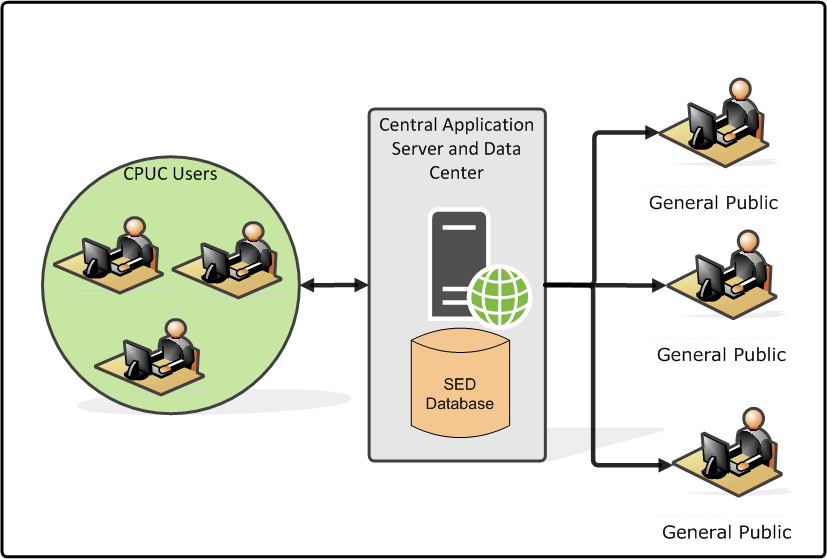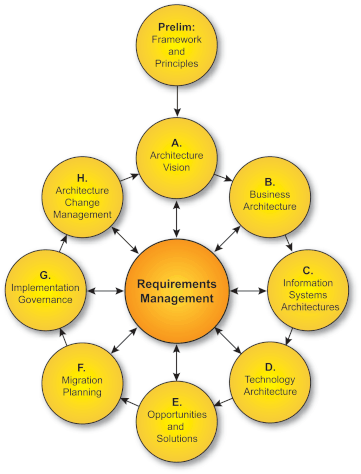We will modernize the application by iteratively migrating portions of the application to the target technology, for example, C, C++, Java, C#, Objective-C, PHP, Python, Ruby, or Oracle’s Hyperion.
Very few companies want to eliminate all of their MS Access applications. The best results are achieved by focusing on migrating applications that are limiting business efficiency and agility.
How do you decide which business functions are limiting business efficiency and therefore are strong candidates for migration? Typically, it’s the core business functions that make the organization unique and competitive and warrant investment. Non-core business functions are ancillary to the organization and are better candidates for replacing with COTS applications or a large ERP system when the time is right.
The seven database applications at the CPUC all support core-business functions, which monitor the compliance of those facilities producing and distributing gas and electricity in California. The purpose of the Data Entity/Business Function matrix and the System/Matrix is to understand the dependencies between the database tables, application objects and business functions, with the goal of pulling out particular services and migrating them to a new technical platform, without disturbing the remaining functions.
1. Data Entity / Business Function Matrix
The purpose of the Data Entity/Business Function matrix is to depict the relationship between the data entities and the business functions.
The mapping enables the following: assignment of ownership of entities, understanding of the data and information exchange, support of the gap analysis and a determination of where any entities are missing, definition of the system of origin, system of record, and system of reference for data entities, and the development of data governance programs across the organization (establish data steward, develop data standards pertinent to the business function, etc.).
2. System / Data Matrix
The purpose of the System / Data Matrix is to depict the relationship between systems (i.e., application components) and the data entities that are accessed and updated by them.
Systems will create, read, update, and delete (CRUD) specific data entities that are associated with them. For example, the ElectricGenInspect_LA_Frontend will create, read, update and delete customer entity information.
The two matrices are used to help guide which application components to group together when modernizing their business functions on the organization’s new standardized application platform.
Final Solution State – Conceptual
The major benefits are: increased application performance, IT efficiency, a single version of the truth, and application stability.
Final Solution State – Logical
The Help4Access Application Development Methodology (adopted from The Open Group).





